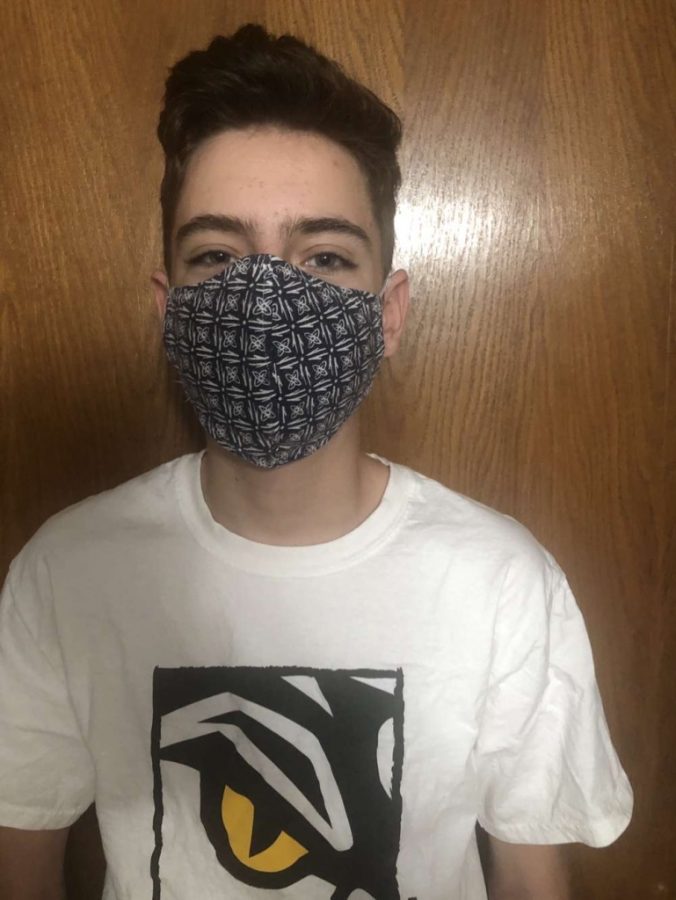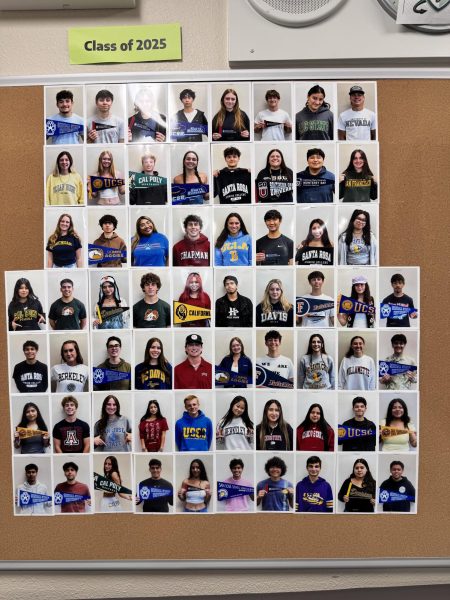Stigma Surrounds COVID
The COVID outbreak has led many to question those around them. As is common in most serious illnesses, a kind of stigma surrounds those infected by the illness. COVID is no different. Because the virus is so new, no one alive has ever had to live through something like this.
Fear spreads from people not knowing, and after the fear washes over, panic sets in, which is what we have seen over the past year and especially over the past few months.
However as much as we are finding out how to combat COVID, new strains of the disease are coming out in the public. Since the circumstances of the virus are new to all, people have been reacting in different ways. With various opinions on the severity of the pandemic, those who currently are or were infected by COVID have a stigma around them.
Although many students feel “no one should be ashamed unless they went out selfishly ignoring guidelines” remarks senior Brianna Gutierrez, others have witnessed the virus spread nonchalantly when “my cousin got it and now he chillin like a villain. It’s basically just the flu 2.0” comments senior Arlen Darakhsan
The virus has affected certain social and racial groups due to lack of space in living or working conditions that turn the community or center into a superspreader of COVID. The rising concern is that the stigma surrounding the virus victims will turn into a racial and classist prejudice against those more likely to catch and spread the virus due to their lifestyle. A very complex subject, “There’s a difference between those working to put food on the table for their family with no choice but to be susceptible to the virus and those who consciously act against regulations by risking the chances of receiving and spreading the virus throughout the community” firmly states junior Erin Nicholson.
The CDC has addressed the rising stigma about the new pandemic explaining that this train of thought has targeted “certain racial and ethnic minority groups, emergency responders or healthcare providers, as well as frontline workers such as grocery store clerks, food plant workers, etc” The stigma coming from fear and anxiety about a disease and then inevitable panic that doesn’t filter the negative attitudes towards certain people.
“With the immense rise in cases throughout the nation, it has become more normal to know someone who has or has had the virus since March 2020. Thats why “the stigma was stronger when the virus was really new to the country but after time and tests even the vaccines the stigma should go away” hopes senior Katie Brenninger







